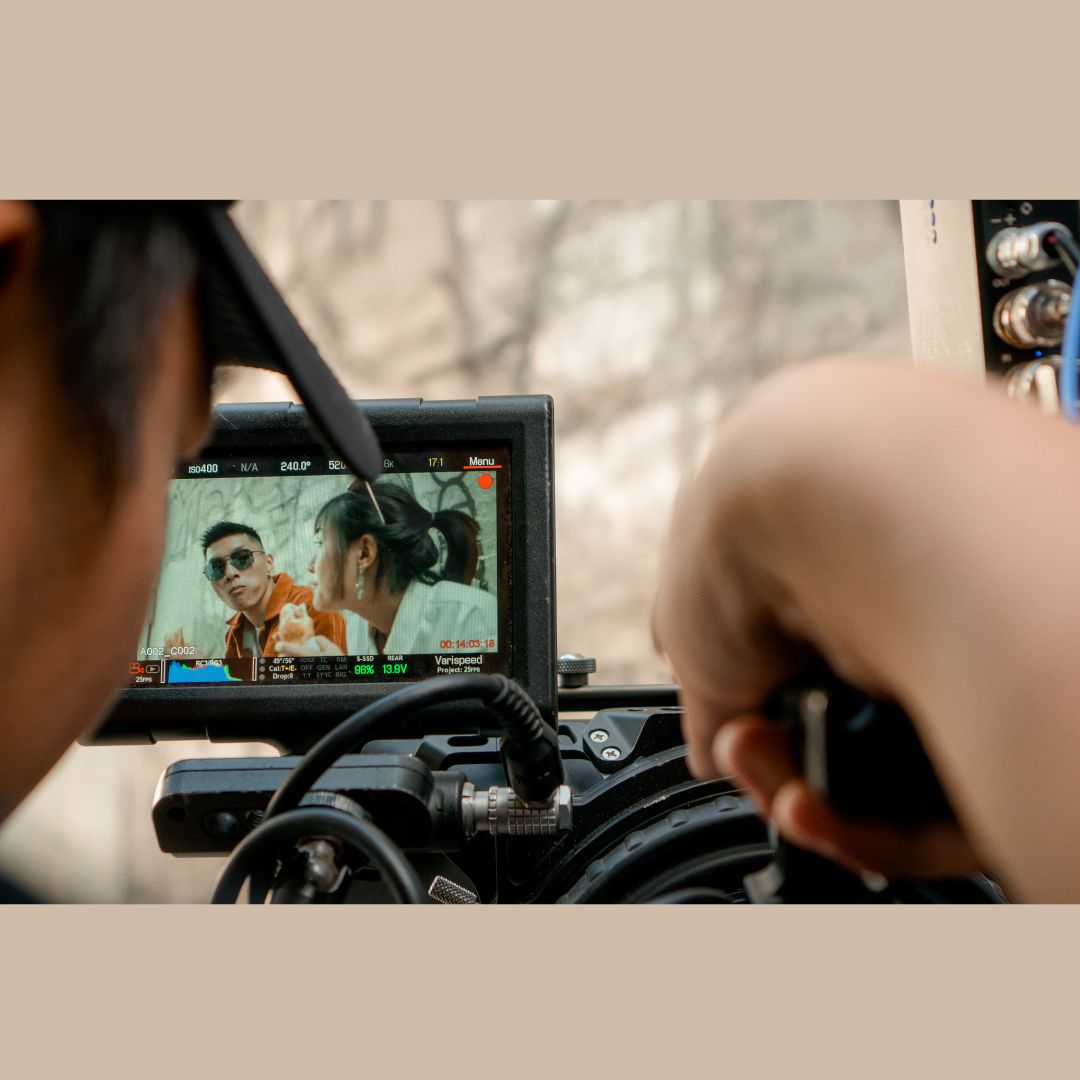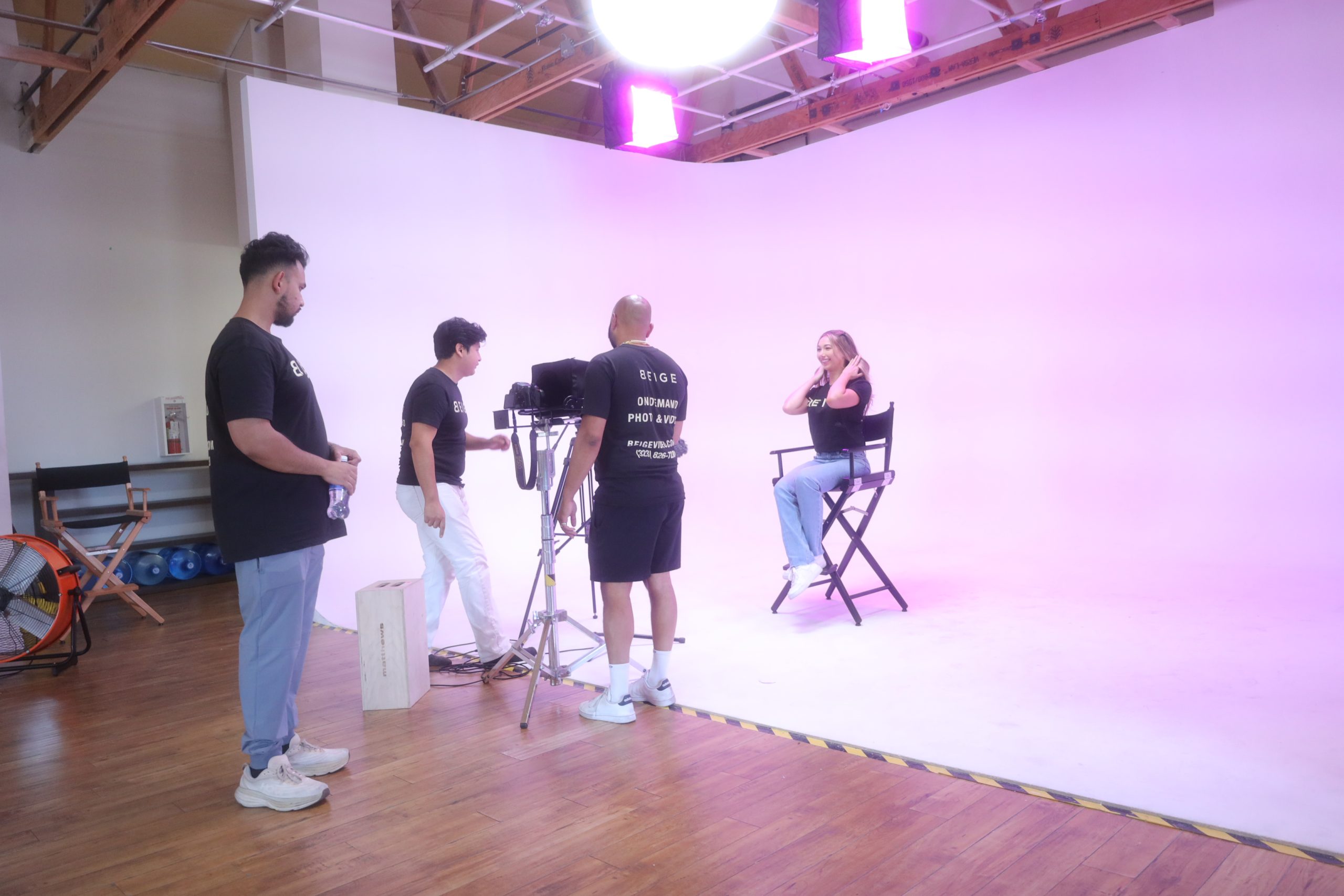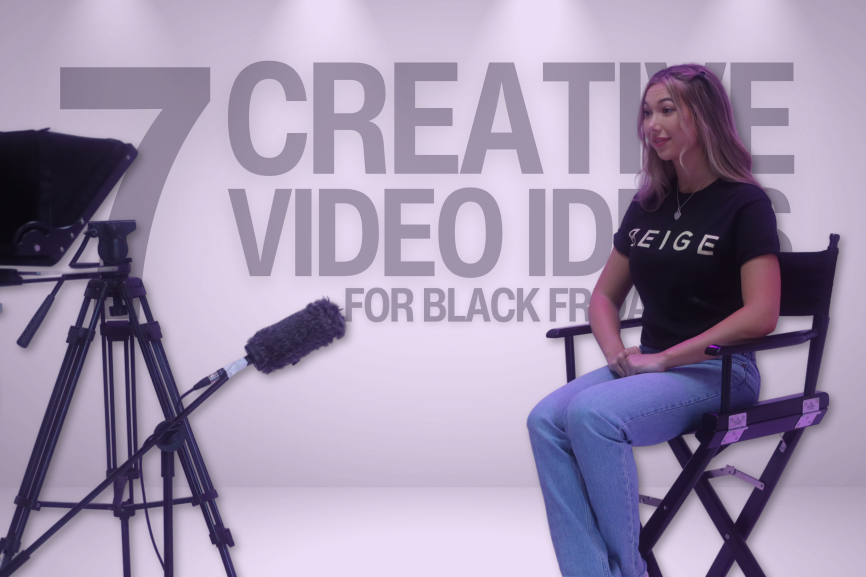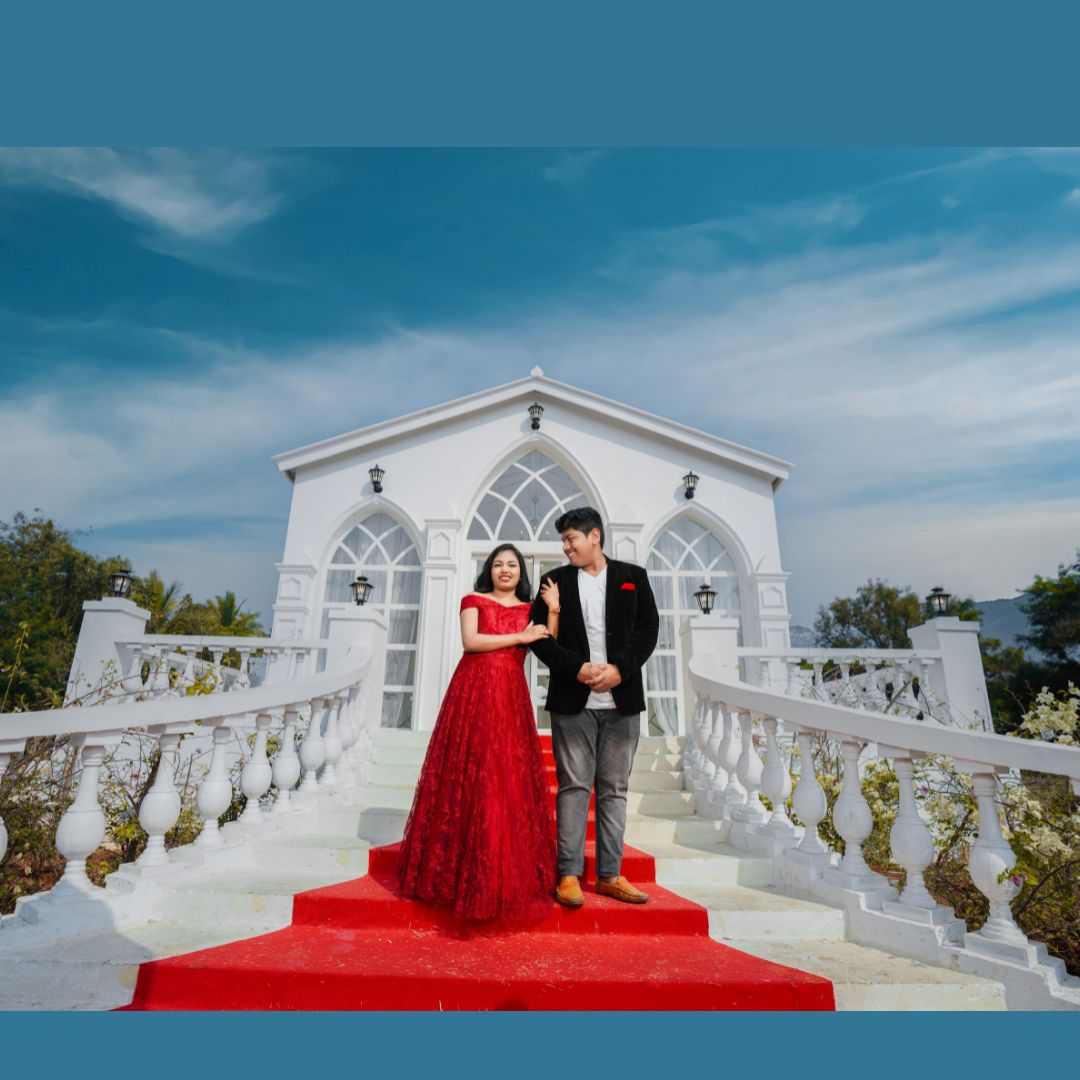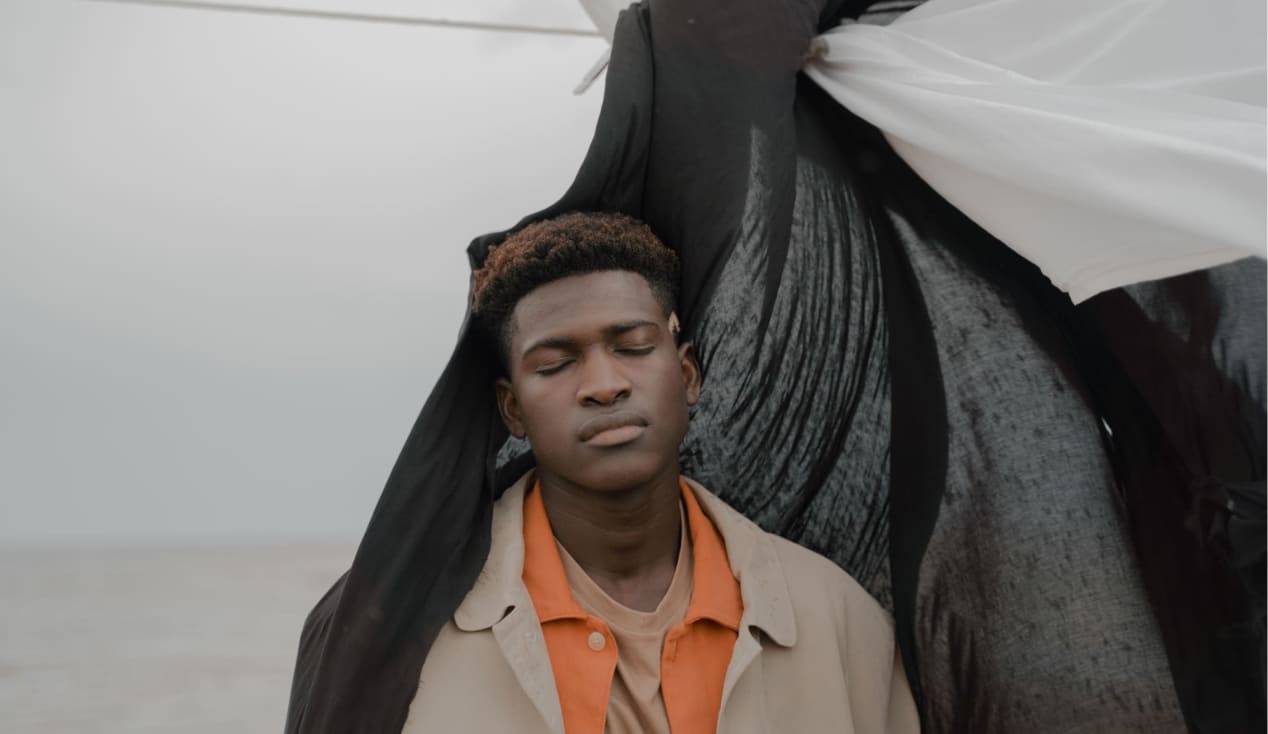No products in the cart.
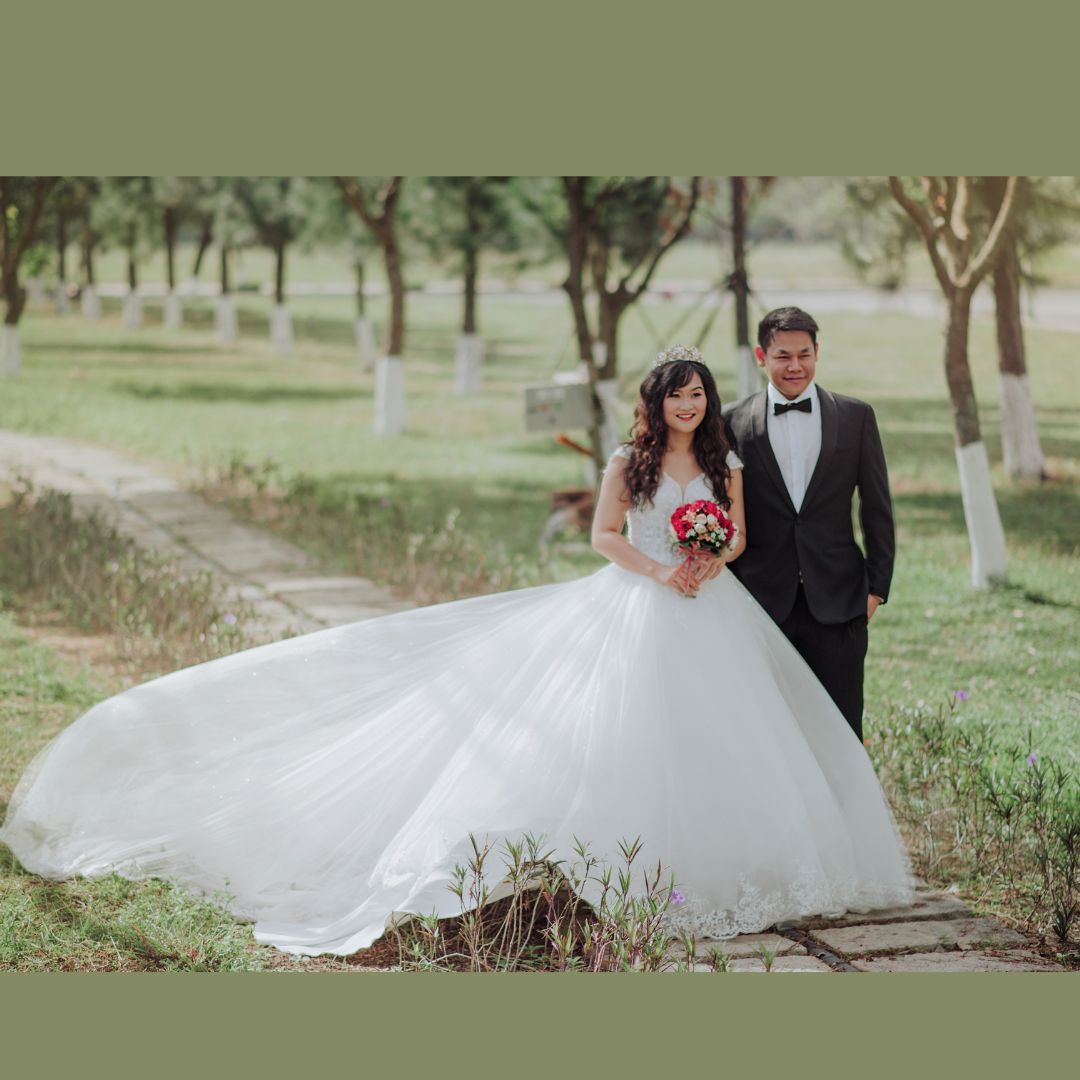
Engagement Photo Session Tips: A Comprehensive Guide
Introduction: Everyone dreams of receiving a romantic proposal from their significant other. It resembles a childhood fantasy coming to pass. It really is a
The rule of thirds is a fundamental principle used in photography and design to create visually pleasing compositions. It involves dividing an image into a grid of nine equal parts using two horizontal and two vertical lines, and then placing the key elements of the image along these lines or at the intersections. However, the rule of thirds can also be applied to clothing to create stylish and well-balanced outfits.
When applying the rule of thirds to clothing, several key concepts come into play. These concepts include balance and proportion, focal points and visual interest, and creating movement and flow within an outfit. By understanding and utilizing these principles, you can create outfits that are visually appealing and flattering.
Different types of clothing can benefit from the rule of thirds in various ways. For tops and shirts, the rule of thirds can help in achieving a balanced and proportionate look by considering the placement of patterns, embellishments, or necklines. In the case of bottoms and pants, the rule of thirds can guide the placement of details such as pockets or embellishments to create a visually interesting and well-proportioned look. Dresses and skirts can benefit from the rule of thirds by placing waistlines at the appropriate intersection points to create a flattering silhouette.
Accessories also play a significant role in applying the rule of thirds to clothing. For jewelry, the rule of thirds can help in placing statement pieces such as necklaces or brooches in key areas to draw attention and create a focal point. Bags and purses can be positioned in a way that complements the overall outfit and balances the visual weight. Belts and scarves can be utilized to create movement and flow within an outfit by considering their placement and how they interact with other elements.
To make the most of the rule of thirds when it comes to clothing, there are certain dos and don’ts to keep in mind. Do consider the balance and proportion of the outfit, place focal points strategically, and create movement and flow. Don’t overcrowd an outfit with too many focal points or neglect to create balance and proportion. By following these guidelines, you can effectively apply the rule of thirds to your clothing choices and create visually stunning and well-composed outfits.
The Rule of Thirds is a composition technique commonly used in photography and design. What is the Rule of Thirds? It involves dividing an image into nine equal parts using two horizontal and two vertical lines. The main subjects or points of interest are then placed along these lines or at their intersections. This rule creates a more balanced and visually appealing composition. By following the Rule of Thirds, you can create visually stunning and engaging images that draw the viewer’s attention. Understanding and applying the Rule of Thirds can greatly enhance your photography and design skills.
When it comes to clothing, the rule of thirds holds surprising power. In this section, we will unlock the secrets on how the rule of thirds applies to your fashion choices. Discover how balance and proportion play a vital role in creating stunning outfits. Unleash the potential of focal points and visual interest to make a striking statement with your attire. And finally, learn the art of creating movement and flow in your outfits, guaranteeing a dynamic and captivating visual experience. Get ready to revolutionize your wardrobe with the rule of thirds!
Balance and proportion are essential elements in the application of the rule of thirds to clothing. By strategically placing elements of an outfit, you can achieve a visually appealing and well-balanced look.
When it comes to clothing, incorporating the rule of thirds can significantly enhance your outfit by creating focal points and visual interest. Here are several natural ways to apply this concept:
By incorporating these tips, you can effortlessly infuse your outfits with a dynamic and fluid element, enhancing your overall style.
Whether you’re piecing together a fashionable outfit or aiming to achieve harmony in your clothing choices, understanding the “rule of thirds” can make all the difference. In this section, we’ll discover how this composition principle can be applied to various types of clothing. From tops and shirts to bottoms and pants, and even dresses and skirts, we’ll explore how leveraging the rule of thirds can elevate your style game and create visually appealing ensembles. Get ready to unlock the secrets of balance and proportion in your wardrobe!
When it comes to tops and shirts, incorporating the rule of thirds can greatly enhance the aesthetics and balance of your outfit. Here are some important factors to consider:
– Necklines: To accentuate the upper third of your body, choose tops with V-necks or scoop necks.
– Patterns: For added visual interest and a focal point, position patterns or prints in the top third of your shirt.
– Waistlines: To achieve a flattering silhouette, opt for tops with waistlines that rest on the lower third of your torso.
– Hemlines: Experiment with asymmetric or high-low hemlines for a touch of movement and flow to elevate your ensemble.
By keeping these guidelines in mind, you can effortlessly create stylish and well-proportioned looks with tops and shirts.
When it comes to applying the rule of thirds to bottoms and pants, there are a few key considerations to keep in mind. Here is a list of factors to consider:
Proportion: Opt for dresses and skirts that have a defined waistline, as it helps create a flattering proportion and emphasize the upper and lower thirds of your Dresses and Skirts.
Focal points: Look for Dresses and Skirts with interesting details like pleats, ruffles, or embellishments that can act as focal points and draw attention to specific areas.
Movement and flow: Choose Dresses and Skirts with tiers, asymmetrical hemlines, or flowing fabrics that create movement and add visual interest.
By incorporating these elements into your Dresses and Skirts choices, you can enhance your overall appearance and style.
Accessories, an essential element in the world of fashion, play a pivotal role in following the rule of thirds. From dazzling jewelry to trendy bags and purses, and from stylish belts to beautiful scarves, this section will explore how these fashion add-ons can perfectly adhere to the rule of thirds. By understanding how to strategically incorporate these accessories, you can confidently elevate your outfit and create visually pleasing ensembles. So, let’s delve into the world of accessories and unlock the secrets of mastering the rule of thirds in your clothing choices.
When it comes to using bags and purses in fashion, they have a crucial role in creating balance and adding visual interest to an outfit. Here are some useful tips for incorporating bags and purses using the rule of thirds:
Pro-tip: When applying the rule of thirds with bags and purses, always consider the occasion and the overall aesthetics of your outfit to achieve a well-balanced and visually appealing ensemble.
Belts and scarves are versatile accessories that can enhance your outfit by adding style, color, and texture. Here is a table showcasing the different ways you can incorporate belts and scarves into your wardrobe:
| Belts | Scarves |
|---|---|
| Define your waist | Add a pop of color |
| Cinch oversized tops | Create a focal point |
| Pair with jeans | Add warmth in colder months |
| Accentuate a dress | Create a layered look |
Throughout history, belts and scarves have been used to not only adorn clothing but also serve practical purposes. Belts were worn in ancient civilizations to secure clothing and signify status, while scarves were used to protect against the elements. Today, belts and scarves continue to be essential accessories that can elevate any outfit while reflecting personal style and fashion trends.
When applying the dos and don’ts of the rule of thirds to clothing, there are certain guidelines to keep in mind to create a visually appealing and balanced outfit.
The Rule of Thirds is a concept in visual arts that can be applied to fashion to create more flattering outfits. It involves dividing an image or outfit into thirds to create a visually appealing ratio of 2:1.
To apply the Rule of Thirds, find the middle mark of the body, usually just below the hips, and create a longer two-thirds section and a shorter one-third section. This can be achieved through various styling techniques like high waist pants or skirts to create a longer leg, or a tucked-in or cropped top to create the shorter section.
A visual break in an outfit can be created through changes in color, where the top and bottom meet, the use of belts, the meeting point of a dress or skirt with the skin, the placement of layers, the rolling of sleeves, or the meeting point of pants and boots if they are not the same color.
Dividing the outfit into thirds, rather than the body, helps in creating visually balanced proportions and avoiding unbalanced proportions that may make the outfit look frumpy.
The Rule of Thirds is derived from the golden ratio, a well-known theory in art and architecture. It is used in various artistic circles to create aesthetically pleasing and well-balanced compositions. In fashion, applying the Rule of Thirds can help create more flattering outfits by tapping into this principle.
Yes, the Rule of Thirds can also be applied to color palette. The 3 color rule suggests using a maximum of three colors in an outfit to avoid overwhelming the eye and maintain a balanced ratio of colors. This can help in creating visually appealing and well-coordinated looks.
Lorem ipsum dolor sit amet, consectetur adipiscing elit. Suspendisse varius
enim in eros elementum tristique.

